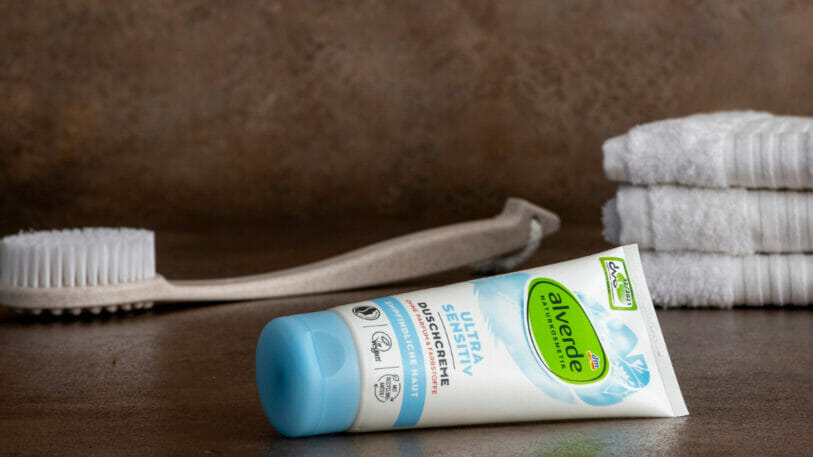Every year, the European Tube Manufacturers Association (etma) awards the Tube of the Year prize in five categories. This year, the award ceremony took place during the association’s annual conference in Prague. Like last year, the jury paid special attention to the topic of sustainability.
In the corresponding category, the German tube manufacturer, Linhardt was able to rejoice. The company, from Viechtach in Bavaria, produces plastic tubes for some of dm’s own brands and was able to reduce the wall thickness from the previous 0.5 millimetres by almost 30 per cent to 0.35 millimetres as part of the „Tube 4.0“ project. In addition, the tubes in the mono-material variant are made of 70 per cent PCR (excluding the cap), which, in combination with the already lower material usage, leads to an even lower consumption of virgin plastic. In the case of the 200-millilitre tube submitted for the competition, the Bavarians were thus able to save 2.9 grams of primary plastic compared to the previous model. The jury’s verdict:
„Increasing the PCR content while reducing the wall thickness and maintaining the attractive appearance is technically demanding and represents an important step towards the more conscious use of raw materials.“
As with last year, the Swiss company, Hoffmann Neopac, was able to convince the jury in two categories. Firstly, the Swiss company won the prize in the „Prototypes“ category. With a monomaterial barrier tube based on polypropylene, the company combines high product protection with user-friendliness and aesthetics, according to the jury. The use of less plastic in the body compared to the rest of the range also reduces CO2 emissions by up to 40 percent. In addition, according to RecyClass approval, the tube as a whole is suitable for the PP container recycling stream.

In the category, „plastic tubes“, Hoffmann Neopac won with a toothpaste tube containing spruce wood. This means that the „Wood Tube“ consists of more than 95 percent renewable resources and thus has a 40 percent better CO2 balance than conventional PE tubes. But a second company was also able to convince the jury in this category: the French Albéa Group produced a shower gel tube for the cosmetics producer, Caudalie, with the company’s own Thin-Wall-Coex-PCR-Max technology, which in combination with a Slight-Cap-PP ensures an extremely low tube weight with a high PCR content at the same time. But the jury was particularly impressed by the tube’s appearance:
„A matt surface makes for an interesting feel and the fascinating transparency of the material allows the colours of the range to appear in a very special light in the truest sense of the word. This creates a distinctive appearance at the point of sale with a strong presence.“
New packaging for the anniversary
The French also took the prize in the „laminate tubes“ category. For a skincare cream made by La Roche-Posay, Albéa produces its EcoFusion Top tube, which enables a weight reduction of 80 per cent (compared to standard head and cap), combined with Metamorphosis, a paper-based solution that contains 60 per cent less plastic than the previous Lipikar packaging.
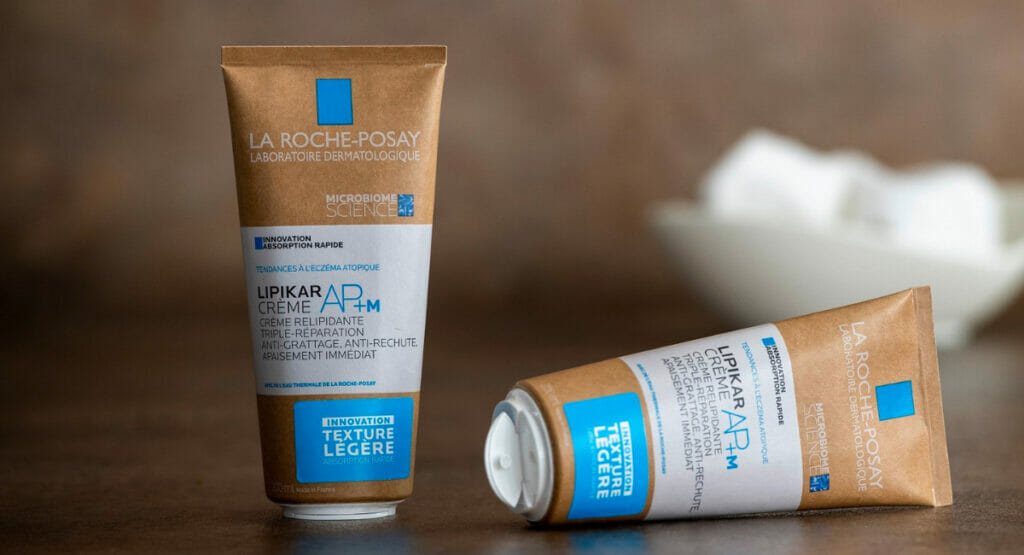
Finally, the Austrian company, Tubex, won the award in the category, „aluminium tubes“. For the cosmetics giant, Chanel, they contributed three aluminium tubes for a limited edition with an industrial look to celebrate the 100th anniversary of the world-famous N°5 line. According to the jury:
„All three tubes were produced with a matt outer lacquer over the body and shoulder of the tube and with a white, octagonal cap. They are thus reminiscent of the kind of paint tubes found in typical artist supply shops, with the smaller tubes presented as a set in beautiful monochrome boxes.“
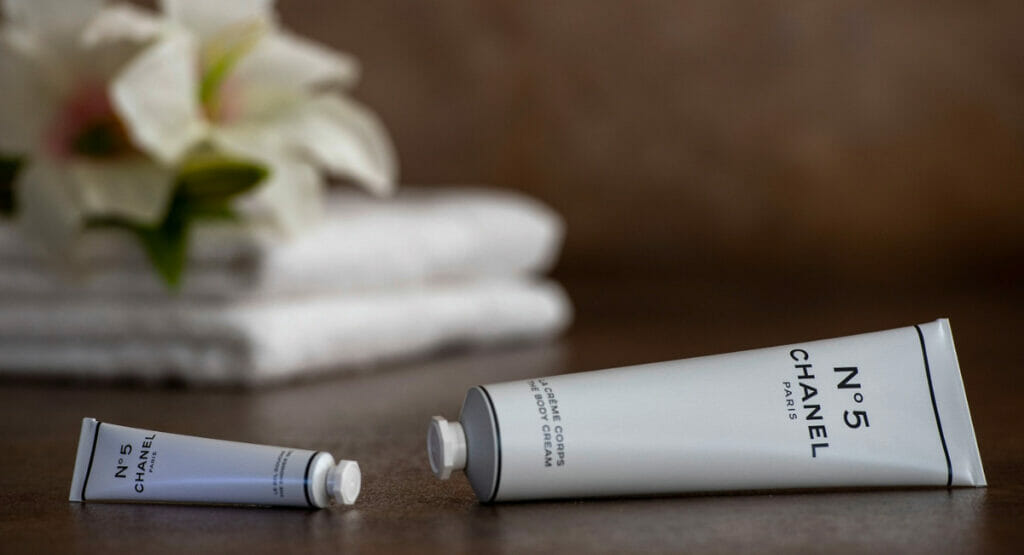
„Even in challenging times, our member companies are unwavering in their search for even better solutions in design, product protection and the development of new materials and resource-saving packaging solutions. It is fascinating to see how, year after year, the tube delivers new interesting solutions for a variety of applications and filling goods and continues to distinguish itself as an all-round packaging material.“
Gregor Spengler, etma Secretary General
More packaging news

A contract with a handshake is valid
Managing director Tina Gerfer of Wilhelm Rasch Spezielmaschinenfabrik has modernized the company and successfully guided it through difficult times.

Asynchronous servo solutions for the packaging industry
From primary packaging to final packaging, electric drives play an important role. With a broad portfolio, Nord Drivesystems supports customers.

Label Durability
Labels offer many functions which can get lost due to label removal. PTS assesses labels and cardboard for durability and tamper evidence.
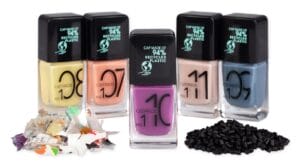
More design for recycling for cosmetics packaging
Packaging for decorative cosmetics is very special. The Forum Rezyklat calls for the recyclability of packaging to be taken into account when designing it.
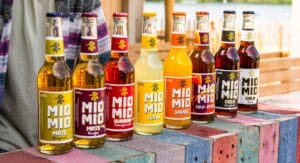
Innovation Barometer 2024
According to a survey conducted by Aktionsforum Glasverpackung 2024 is set to be a highly innovative year for glass packaging.
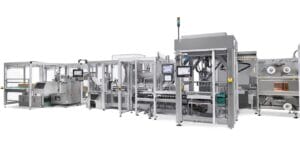
Flexible packaging system for natural cosmetics
Sustainability is part of Weleda’s identity. IWK is also contributing to this with its new flexible packaging line for many natural cosmetic products.



